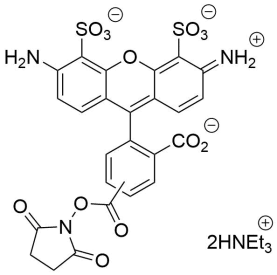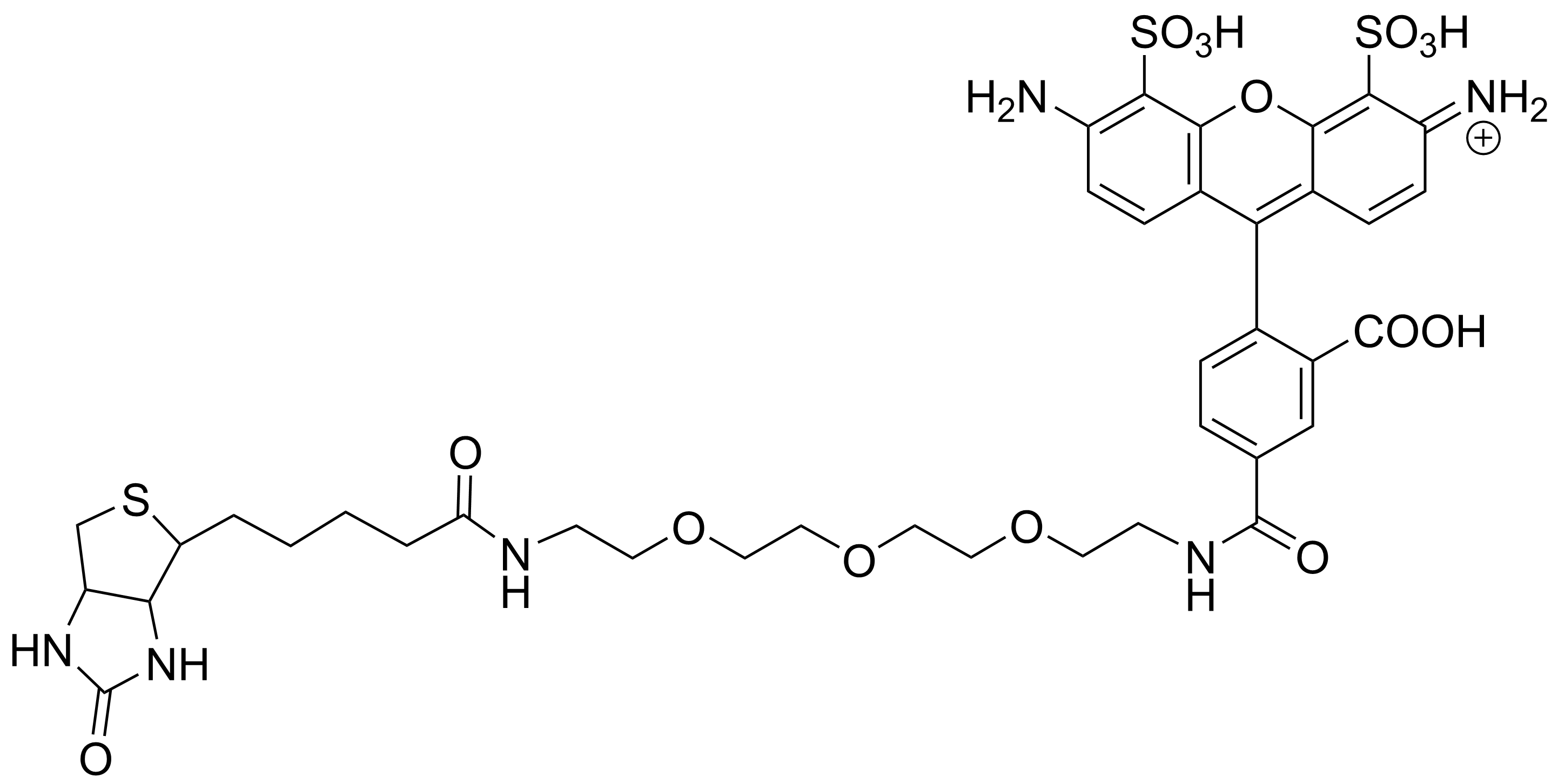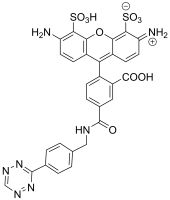Fluorescent Dye
Top 10 selling High purity Fluorescent Dye
Fluorescent Dyes for Biological Research
Fluorescent dyes, also known as fluorophores, fluorescent probes, or stains, are essential tools in biological research and diagnostics. These compounds absorb light at one wavelength and emit it at a higher wavelength, producing visible fluorescence. They come in various types, including organic dyes, biological fluorophores, and quantum dots, and are crucial for labeling and studying biomolecules.
Types of Fluorescent Dyes
- Organic Dyes: These include common dyes such as fluorescein, rhodamine, and AMCA. They are known for their strong fluorescence and are widely used in a variety of applications.
- Biological Fluorophores: Examples include green fluorescent protein (GFP), phycoerythrin, and allophycocyanin. These are often utilized for more specific biological applications and can offer distinct advantages in terms of brightness and stability.
- Quantum Dots: These nanoparticles provide exceptional brightness and photostability, making them ideal for long-term imaging and multiplexing experiments.
Applications of Fluorescent Dyes
- Fluorescent Labeling: Fluorescent dyes are used to label biomolecules such as proteins, nucleic acids, and cells, allowing for detailed imaging and tracking in biological studies.
- Cell Imaging and Tracking: They facilitate the visualization of cellular processes and movement, aiding in the study of cellular functions and interactions.
- Protein and Nucleic Acid Detection: These dyes are crucial for assays and techniques like Western blotting, ELISA, and nucleic acid hybridization.
- Flow Cytometry: In flow cytometry, fluorescent dyes help analyze and sort cells based on multiple parameters.
- In Vivo Imaging: Advanced fluorescent dyes enable real-time observation of biological processes within living organisms.
AxisPharm's Fluorescent Dye Solutions
At AxisPharm, we provide a full spectrum of ready-to-conjugate fluorescent dyes tailored for diverse research needs. Our dyes come equipped with a variety of reactive functional groups, including:- Succinimidyl Ester (SE/NHS Ester)
- Maleimides
- Free Acids
- Click Chemistry Handles
- Azide
- Alkyne
- TCO
- Tetrazine
- BCN
- DBCO
















